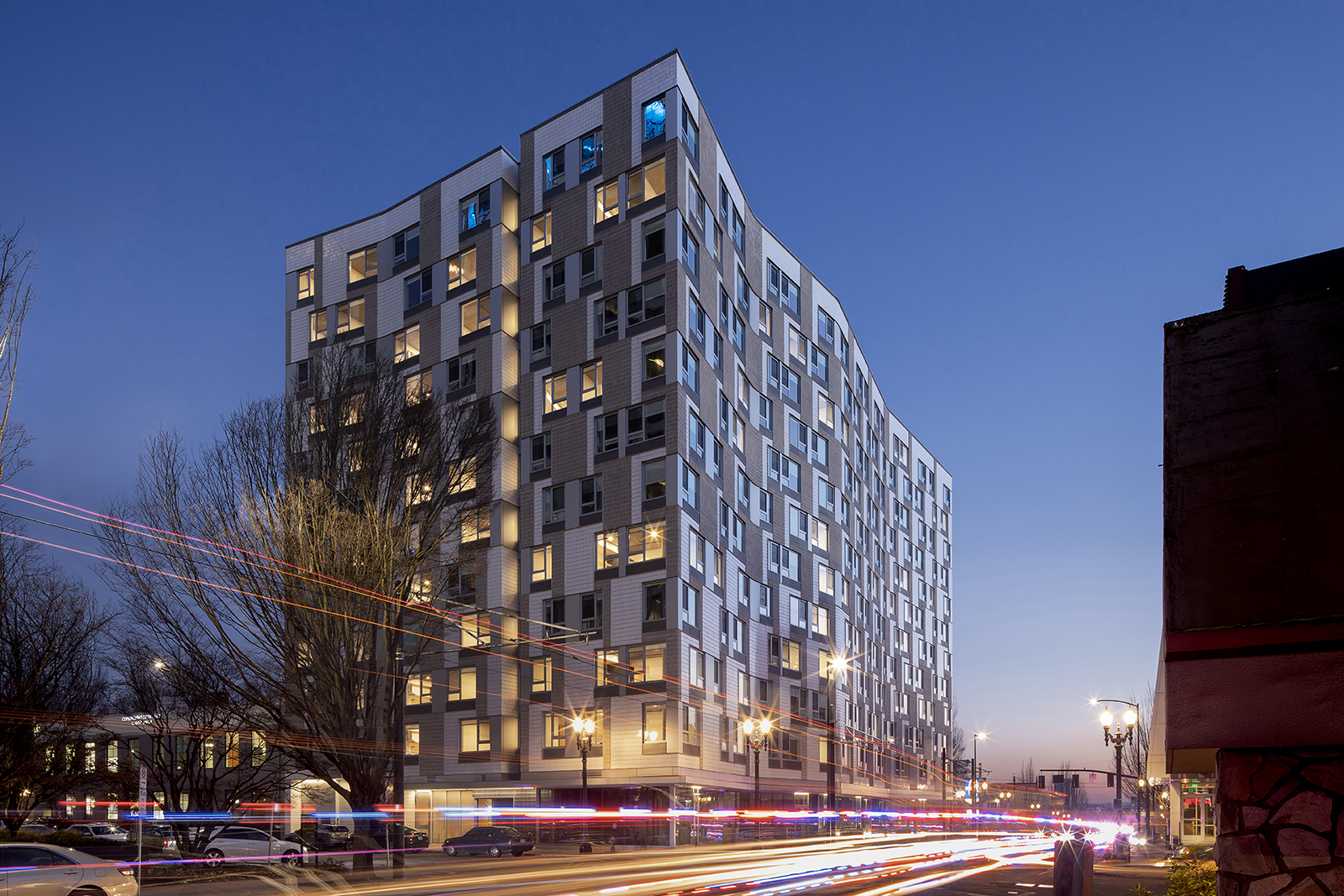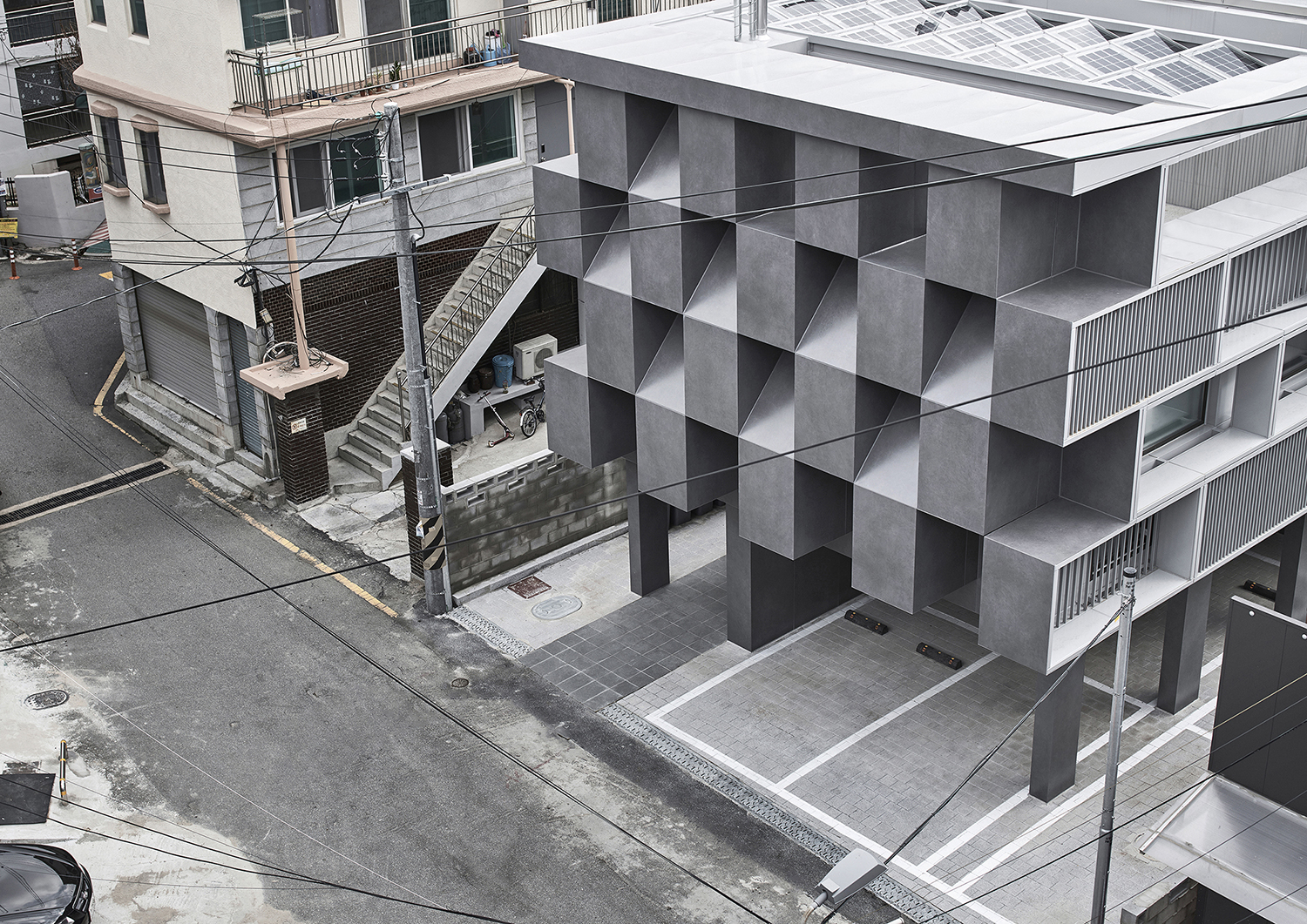We are facing a global housing crisis. More than 1.6 billion people don’t have enough housing, and if we don’t create about 96,000 affordable homes every day, that number will rise to 3 billion by 2030. This crisis is both a problem and an opportunity for architects to come up with new ideas. Architects are important visionaries who turn ideas into humane, strong, and scalable housing solutions, even if their direct impact is typically limited by economic and political factors. This guide goes into great detail about effective architectural techniques that are already having an effect. It gives you frameworks you can use, projects you can use as examples, and ideas you can build on to make a difference in the real world.
Modular & Prefabricated Construction
Modular and prefab methods change the cost, speed, and quality of delivering houses in a big way. Off-site production can cut construction timelines in half, which means that utilities and module fabrication can be done at the same time. Stuart Emmons’s work in the U.S., especially his modular homes created since 2012, shows how standardised designs can speed up the building of inexpensive housing by a huge amount.
The CRATE Modular-built Hilda L. Solis Care First Village housing project in Los Angeles is a great example of swift delivery, going from idea to occupancy in just six months. This helped people who had been homeless find homes rapidly. Modular technologies like ReHome from Cutwork in Paris are being used to rehabilitate war-torn communities around the world, including Ukraine.
This building process not only speeds up delivery, but it also allows for more flexibility, consistent quality, and less waste. This takes modular design from “cookie-cutter” to “customisable precision.”

The Louisa Flowers Affordable Housing by LEVER Architecture, Portland, OR, United States Popular Choice Winner, 2021 A+Awards, Residential – Public Housing
Sustainable Materials & Climate-Responsive Design
Sustainable materials have two benefits: they help the environment and make housing healthier and cheaper. Cross-laminated timber (CLT) and glulam are types of engineered wood that are warm, strong, and produce far less carbon than typical concrete. They are great for mid-rise homes. The Dyson Institute Village in London is an example of how modular design and green materials can work together in both architecture and the environment. The building is made up of CLT modules stacked into student pods.
The Lib Earth House Model B in Japan is a breakthrough off-grid, fully automated home that was 3D-printed using local dirt instead of concrete. It combines design powered by AI, solar electricity, and energy storage. The Tecla house by Mario Cucinella Architects and WASP is another example of how ancient materials may be used with current 3D printing to make dwellings that are cheap, made of earth, and can be built anywhere in the world.
Design that responds to climate is still very important. Laurie Baker’s passive cooling methods in tropical areas, as well as modern uses such homes in Vietnam that use vines and buildings in India that use garbage, show how climate, materials, and cost can all work together.
![]()
The Chicon House by ICON, Austin, TX, United States Photographs by Regan Morton Photography
Policy, Community Ownership & Finance
Architects need to push for changes in finance and land that go beyond just bricks and mortar. Partnerships between the public and commercial sectors, community land trusts (CLTs), and new ways to finance things are all very important. The World Economic Forum suggests a paradigm based on liveability, resilience, sustainability, and affordability. This strengthens the importance of architecture in policy discussions. Community Land Trusts (CLTs), like Boston’s Dudley Neighbours, assist keep land out of speculative markets, which helps keep prices stable.
In places that are likely to have disasters, NGOs like Article 25 use design for resilience by developing homes and infrastructure that can withstand hurricanes and have low carbon footprints in more than 35 countries. They use local materials and get the community involved. These collaborations between people from different fields show how design may help tackle big social and economic problems.
Technology, Mixed Typologies & Global Examples
Digital tools make it easier for architects to come up with new ideas. Building Information Modelling (BIM), digital twins, and 3D simulation make planning easier, let people work together, and make the most use of materials. Bamblock and other solutions use climate-adaptive modular design to help communities that have been forced to move because of climate change.
International case studies show that it works. The BedZED zero-carbon housing estate in London showed that carbon-neutral housing can work on a large scale when land is used for sustainability instead of profit. In cities that are growing quickly, it is important to make housing affordable, add green spaces, and make sure that housing is close to important services like energy and transportation. By 2040, this will affect billions of people.
To make housing that is affordable, strong, and dignified, architects must use a wide range of models, such as ecological materials, modular systems, technology, and inclusive funding.
![]()
3D Printing Process by ICON Photograph by Regan Morton Photography
Architects: A Path Forward in the Global Housing Crisis
To fix the global housing crisis, we need more than just building. We need architects to take a more holistic leadership role. By using factory-made modular units, eco-friendly materials, advocating for sensible policies, and integrating technology, architects can create homes that are affordable, long-lasting, and respectful of their surroundings.
Solution-oriented design isn’t just a theory; real-life instances prove its effectiveness. Examples include homes printed on soil in Japan and collaborative projects led by NGOs worldwide. To make a real difference in the global housing crisis, we must leverage modular innovation, climate-responsive materials, cross-sector collaboration, and technology to boost efficiency. Architects can work together to transform the global housing crisis from a daunting problem into an opportunity for meaningful change.
Reference
What Role Do Architects Play in the Global Housing Crisis?
ReHome is a modular building solution for the global housing crisis
For more content like this CLICK HERE





